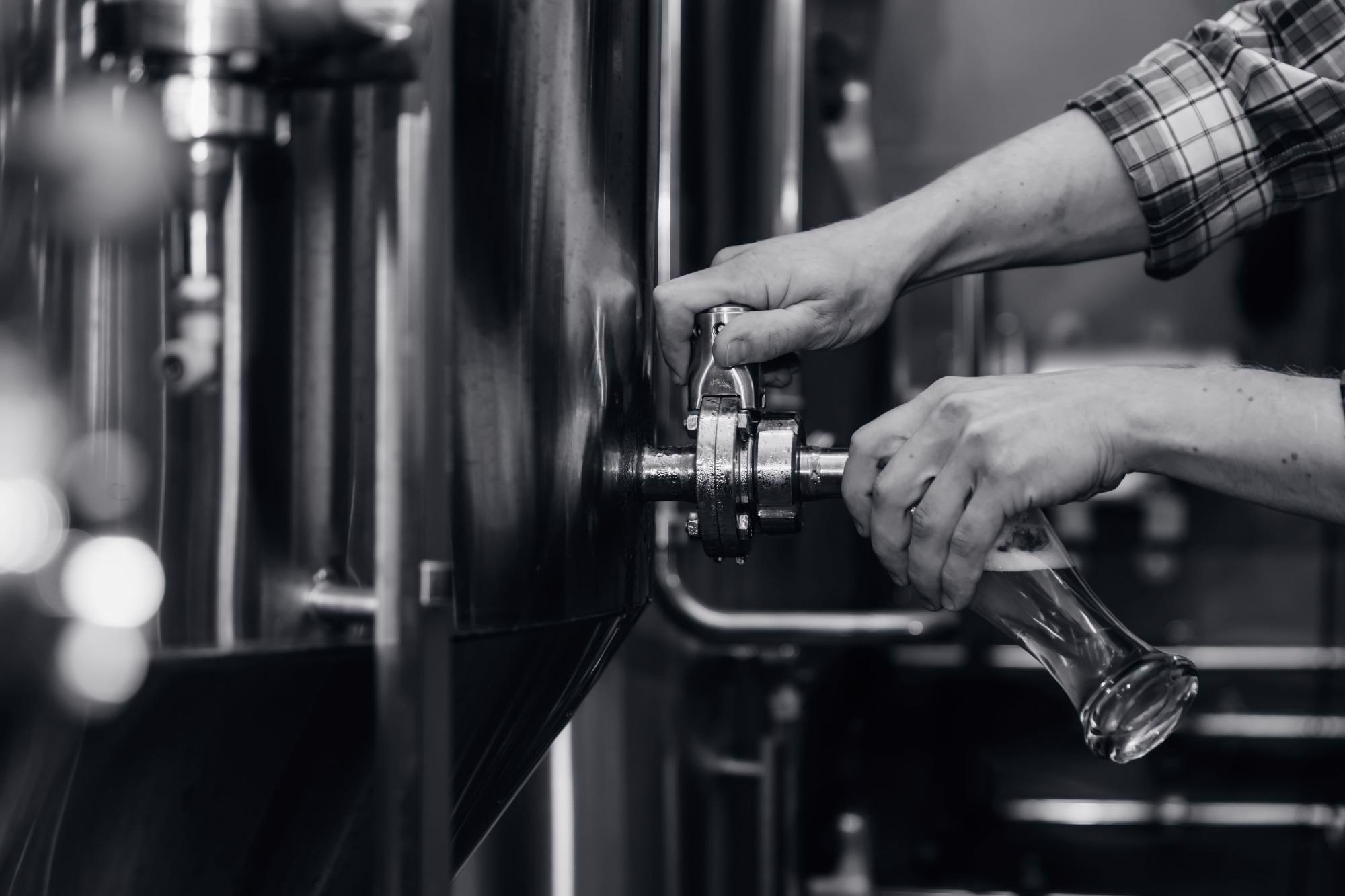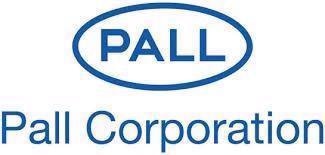After the fermentation and maturation processes, the elimination of turbidity is the next step in realizing beer stability and clarity. Following clarification, microbial and colloidal stabilization are key measurement processes required to create a successful, visually appealing filtered beer.

Image credit: Pall Corporation
The Challenge of Maintaining Clarity
After achieving clarity, it is important to ensure this clarity remains in place. For example, clarified beers must maintain a stable degree of haze. The beer needs to remain consistently bright from the moment it leaves the brewery to when it is consumed by the customer.
The chemistry of beer haze is complex, and a variety of elements can result in non-biological haze formation - also known as colloidal haze.
A key form of non-biological haze results from the reaction of polyphenols and proteins which are introduced to the brewing process by the raw materials that are used, such as hops.
This article looks at the effect of low molecular weight polyphenols crosslinking with proteins in the beer via weak molecular interactions, including hydrogen bonds.
It is important to note that the following factors may have a negative effect on the clarity and flavor stability of a beer product:
- The overall shelf life of the beer
- Transportation of the beer
- Change in temperature
- Agitation of the beer
- Exposure of the beer to sunlight
The Biggest Threat to Persistent Clarity
Formed during the cold fermentation and maturation processes, colloidal haze is generally eliminated during the clarification and/or filtration process.
It is also important to note that reactions between polyphenols and proteins may persist after filtration if both elements remain in large enough quantities.
Polyphenols are classed by their capacity to bind with protein in complexes (tanning capacity) and are referred to as tanning polyphenols or tannins. Proanthocyanidins are one such important type of tanning polyphenols.
Tanning capacity increases with the degree of polymerization occurring. Oxidation has a large bearing on this reaction - the more oxidation that occurs, the more reactive the polyphenols will become. Tanning can lead to a permanent haze effect - something that must be avoided.
There are a number of methods to mitigate haze formation. The leading cause of non-biological haze is the reaction between proteins and polyphenols, so modern stabilization methods are focused on removing one or both groups of reaction partners.
There are a range of options when it comes to removing haze-active proteins, such as precipitation, adsorption and utilization of enzymes. The removal of haze-active polyphenols is typically achieved via polyvinylpolypyrrolidone (PVPP).
Leveraging Adsorbent PVPP
Polyvinylpolypyrrolidone is a crosslinked polymer of polyvinylpyrrolidone - a substance commonly used in medicine. This crosslinking causes the molecule to become insoluble, meaning that PVPP can be totally removed after utilization.
The PVPP crosslinked polymer has a significant surface area. Haze-forming polyphenols are bound to this surface by means of strong hydrogen bonding. The PVPP particles adsorb the polyphenols in the beer, removing them.
While PVPP can be utilized as a discardable single use material, it also exists in regenerable forms.
In certain PVPP filters, the particles can be retained after polyphenol adsorption and the PVPP can be separated from the adsorbed polyphenols by means of a caustic wash.
Improving PVPP Usage with the Pall CBS System
Reduction of Lost Microparticles
PVPP particles are classed as microparticles, and their release into the wider environment has become of increasing concern to the public in recent years. The loss of PVPP in traditional regeneration cycles needs to be considered.
Traditional PVPP regeneration cycles can result in the region of 0.3-1% of PVPP being lost during one run. In the case of industrial setups, this can add up to several kilograms of particles with every cycle of PVPP regeneration.
Particles that are not removed in the PVPP filter system can be retained downstream by means of trap filters. The fixed-bed Pall CBS system can reduce PVPP losses to a non-detectable level of less than 0.3% on 1,000 regeneration cycles.
This is a reduction in PVPP particle loss rate by a factor of several thousand when compared to conventional systems’ regeneration.
When PVPP in a CBS system is depleted (something which can take years) it is recovered and exchanged by Pall. The company’s professional waste disposal management systems mean that the PVPP will not reach the wider environment in an uncontrolled manner.
Advantageous Technology and Ease of Use
A CBS system allows brewers to realize a reduction of polyphenols of up to approximately 70% of the anthocyanogens and approximately 50% of the total polyphenols, achieving more than 10 warm days (0/60).
Not all beers will require such an intensive treatment. The raw material combination and the type of SKU produced will have a considerable impact on the need for stabilization intensity.
The CBS system allows for the controlled interaction of the different columns and the option to run a regulated bypass which facilitates exact fine tuning of the stabilization effect.
The specific recipes of individual customers can be easily programmed into the CBS system, allowing the customer to treat various production requirements at the push of a button.
The unit’s compact vessel design means that beer losses and costs for CIP (cleaning-in-place) are lowered considerably in comparison to that of traditional PVPP or alternative technologies for stabilizing beer.
Conclusion
Maintaining the clarity of a beer that is meticulously filtered to attain a bright appearance is an important aspect of overall product quality. It is therefore vital to consider the parameters that influence haze formation, specifically the reaction whereby polyphenols and proteins react to cause turbidity.
A common technique for preventing this reaction involves a reduction of reaction partners - the polyphenols and proteins that may remain in a dissolved state after filtration.
PVPP is widely regarded as one of the most efficient methods of stabilizing beer, preventing the formation of non-biological haze.
Pall’s CBS system is cost effective and sustainable, offering a beer stabilization solution that is straightforward and exact, leading to reduced running costs and significantly decreasing microparticle loss rates.
Acknowledgments
Produced from materials originally authored by Roland Pahl from Pall Food & Beverage.

This information has been sourced, reviewed and adapted from materials provided by Pall Corporation.
For more information on this source, please visit Pall Corporation.